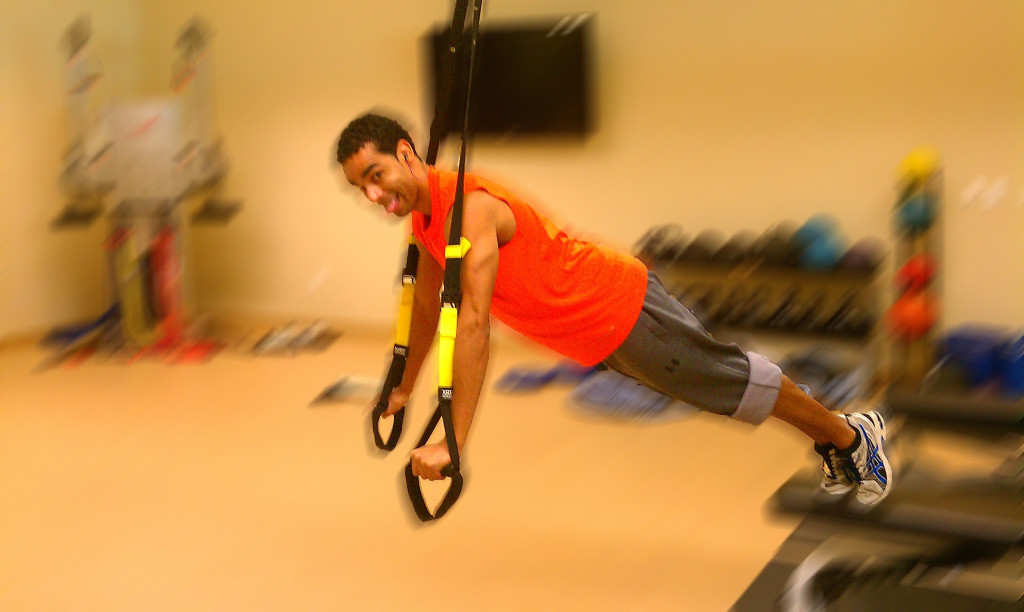
The American College of Sports Medicine also touts being one of the largest fitness organizations in the world with over 45,000 certified professionals. This organization established the protocols for fitness testing that others use to this day. They offer many (9) different health related certifications and specializations. Most of these are applicable to fitness professionals. ACSM also offers additional study materials, webinars, and workshops along with its courses. Exams are computer based at a proctored facility. Their certification landing page can be found by clicking HERE.
Certifications
ACSM-CPT – This is the American College of Sports Medicine’s certified personal trainer credential. Those holding this credential are proficient in applying the fundamental principles of exercise science and providing safe and effective methods of exercise through writing personalized recommendations and motivating individuals to lead a healthy lifestyle.
ACSM – HFS – This is an advanced certification, so as a minimum, those that hold this certification have an Associate’s Degree in a related field. The Health Fitness Specialist is skilled in conducting physical fitness assessments and interpreting results. The major factor that separates this from their CPT is the ability to cater to those that have medically controlled diseases and conditions.
ACSM-GEI – Of the major certifying organizations, ACSM is one of the few that offers a group exercise certification. This credential is intended for professionals that want to teach otherwise healthy clients in a large group setting. Think of choreographed classes, spinning, “cardio-kickboxing”, “Bodypump,” etc.
ACSM-CES – The Clinical Exercise Specialist credential is for healthcare professionals that are interested in practicing in cardiovascular or pulmonary rehabilitation programs, as well as physicians’ offices or medical fitness centers. This specialist conducts pre-participation health screening, maximal and submaximal graded exercise tests, and other regular baseline testing. They are able to develop programs for patients with cardiovascular, pulmonary and metabolic diseases. To be eligible, a bachelor’s degree in a related field, and 400+ hours of practical clinical experience are required.
ACSM-RCEP – The Registered Clinical Exercise Phsyiologist is similar to the CES in that it requires a degree, and is tailored to healthcare professionals. In order to take this course, a master’s degree in Exercise Science, Physiology, or Kinesiology is required. The RCEP works with many varied special populations.
Credentials
Exercise is Medicine ® Credential – This credential provides a way for health and fitness professionals to have a standardized way of networking with clinical health professionals. With research to show that exercise is medicine, and the hopes of insurance companies eventually reimbursing health and fitness professionals for their services, ACSM has proven to be a step ahead of everyone else. Other companies see this vast opportunity, but have just never been able to figure out and implement something worthwhile. Mostly, a case of analysis paralysis. Of course, this is also a way of getting more professionals to attain an ACSM credential. This credential is actually very cheap to attain if you already have various credentials ($25). I wonder how popular this is in the medical community, and if doctors would readily understand what I meant if I informed them I have this credential. Anyone who has this, please comment below and let us know!
ACSM /ACS – Certified Cancer Exercise Trainer – The American College of Sports Medicine has partnered with the American Cancer Society to provide a specialization tailored to professionals working with cancer stricken patients cleared for exercise by their physicians. These professionals have the ability to design programs based on one’s cancer diagnosis, treatment and current recovery status.
ACSM/NCHPAD – Certified Inclusive Fitness Trainer – This credential empowers professionals to provide adaptive programming, and an understanding of ADA policies specific to recreation facilities. Professionals with this credential are able to give their clients the knowledge and support to lead a healthy and comfortable lifestyle.
ACSM/NPAS – Certified Physical Activity in Public Health Specialist – This specialization is excellent in that it provides a bridge for health and fitness professionals to make a difference on a large scale in the public health setting. It was developed in collaboration with the National Physical Activity Society. According to ACSM, a professional with this credential “conducts needs assessments, plans, develops and coordinates physical activity interventions provided at local, state and federal levels.” These professionals are also “called upon to provide leadership, develop partnerships and advise local, state and federal health departments on all physical activity-related initiatives.” One thing that often frustrates me is the box we find ourselves in as “fitness professionals.” To others, it means “personal trainer.” Perhaps this credential also changes the perceptions of others towards us professionals.
 The National Strength and Conditioning Association, or NSCA, is one of THE largest organizations you’ll find. It has over 30,000 members in 52 countries! From the numbers alone, you can see why they consider themselves to be the worldwide authority on strength and conditioning. The organization offers the CPT and CSCS credentials. In my opinion, the NSCA has one of the better membership platforms. Members receive a monthly journal, access to a career board, discounts on conferences, and much more. You will find their certification-landing page HERE.
The National Strength and Conditioning Association, or NSCA, is one of THE largest organizations you’ll find. It has over 30,000 members in 52 countries! From the numbers alone, you can see why they consider themselves to be the worldwide authority on strength and conditioning. The organization offers the CPT and CSCS credentials. In my opinion, the NSCA has one of the better membership platforms. Members receive a monthly journal, access to a career board, discounts on conferences, and much more. You will find their certification-landing page HERE.

